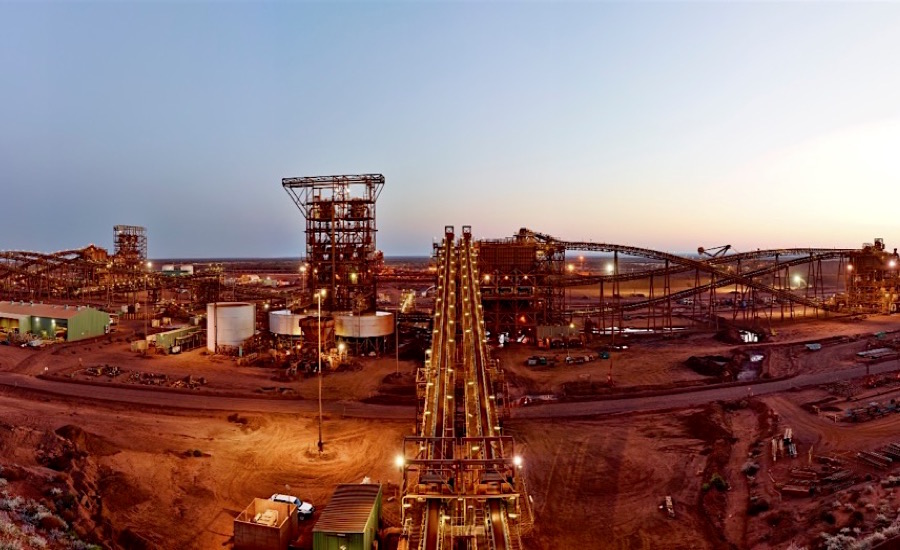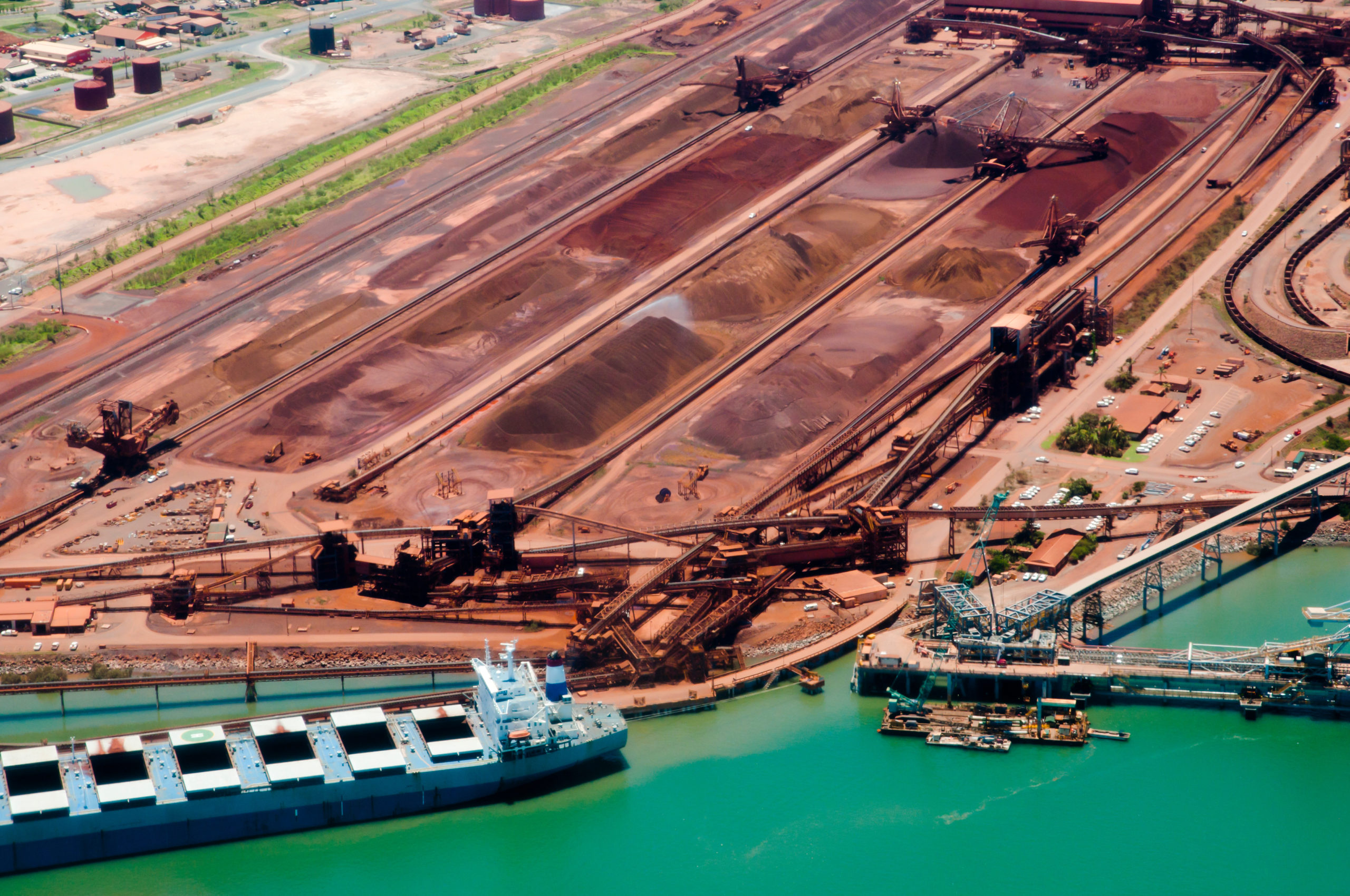Fortescue bumps up free cash flow on premium iron ore

Australia’s Fortescue Metals Group Ltd nearly doubled its cash on hand in the third quarter after buoyant prices and a move into premium products raised the prices it received for its iron ore.
FMG has been raising the mix of premium feed in its shipments with the addition of its West Pilbara Fines product, a trend expected to continue as it brings on its Eliwana project next year and its magnetite Iron Bridge project in 2022.
“Demand for Fortescue’s products in the quarter remained strong with Chinese steel mills focussed on raw material costs in response to current steel margins”
Cash on hand increased to $3.4 billion from $1.9 billion at the end of June, allowing it to renew its A$500 million ($342.55 million) share buy-back programme for another year to October 2020. Shares rose as much as 2.9% and were trading at A$8.83 by 1258 GMT, up 1.4 pct.
“They are making hay while the sun shines,” said analyst James Wilson of Argonaut Securities in Perth.
“They are using the windfall to invest but at the same time they will still be generating cash … they have hit their stride at the right point in the cycle.”
Fortescue received average prices of $85 for the quarter, almost twice as much as the same quarter of last year. Higher-grade products allowed it to get 89% of the premium 62% Platts benchmark, up from 87% in June and from 67% in the same quarter last year.
Fortescue began shipments of its medium grade 60.1% West Pilbara Fines product in late 2018 and shipped out 4.3 million tonnes or 10% of its product mix during the quarter. The miner expects to supply about 40 million tonnes of the product a year, once its Eliwana mine and rail project is completed by December 2020. West Pilbara Fines are produced by blending higher-grade ores with lower-quality ores. For the quarter, Fortescue shipped 42.2 million tonnes of iron ore – down 9% on the previous year of 40.2 million tonnes – and maintained its fiscal 2020 iron ore shipments forecast between 170 million tonnes and 175 million tonnes.
Lower shipments were in line with analyst expectations due to planned maintenance.
Chinese appetite for iron ore has been supported by domestic demand for steel as Beijing leans heavily on fiscal stimulus, including massive tax cuts and increased spending on infrastructure, to blunt the impact of its protracted trade dispute with the United States on its economy.
Fortescue said mills were still focused on costs, suggesting margins remained under some pressure.
“Demand for Fortescue’s products in the quarter remained strong with Chinese steel mills focussed on raw material costs in response to current steel margins,” the world’s No.4 iron ore miner said.
The Perth-based miner reported cash production costs at $12.95 per wet metric tonne, below $13.19 a year earlier.
“The combination of operational performance and realised price has generated exceptional operating cashflows and lowered net debt to $0.5 billion at 30 September 2019,” Fortescue Chief Executive Elizabeth Gaines said.
($1 = 1.4596 Australian dollars)
(By Rushil Dutta and Shriya Ramakrishnan; Editing by Shailesh Kuber and Stephen Coates)
More News
{{ commodity.name }}
{{ post.title }}
{{ post.date }}



Comments